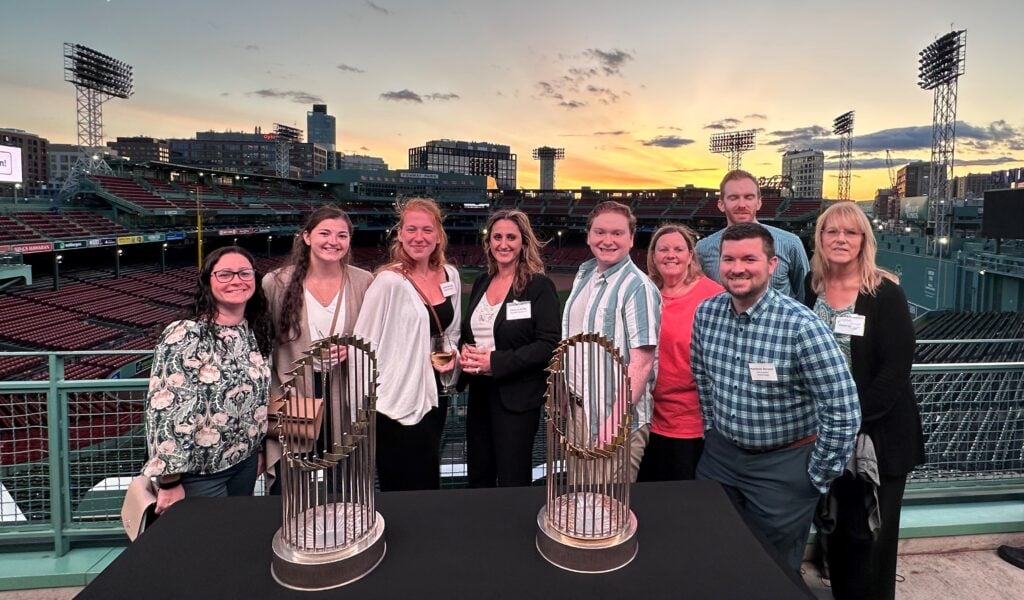

At Needham Bank, our goal is to provide you with resources to improve your financial know-how. That’s why we’ve partnered with Campus Bound, a company that helps students and families navigate the challenging and exciting college search, application, and financial aid process. Read their article for recommendations and considerations regarding the financial aid process.
“I don’t think I’ll get anything, is it even worth it?” This is a common question because financial aid applications are not exactly something one would choose to do unless it was going to have some benefit.
On October 1st of each year, the main financial aid forms become available. In order to apply for aid, all colleges require a form called the FAFSA, which stands for Free Application for Federal Student Aid. Many of the more selective private colleges also require a form called the CSS Profile, or College Scholarship Service Profile, to guide them on distributing their institutional grant money.
It’s not something that you HAVE to do, although oftentimes it makes sense to go through the process. Here are some recommendations and considerations as you decide if it’s worth your time:
- Confirm you aren’t going to qualify. Your chances for aid are greater at the more expensive private colleges or if you have multiples in college. Check out the Net Price Calculator on one of the colleges’ websites that your student is considering (start with the more expensive places). Search for it on the website; put in the numbers and it will give you an estimated package.
- Confirm that none of the target colleges that he or she is applying to require the FAFSA or other forms for merit scholarships. They rarely do but you want to be sure. Mostly they just require the admissions application for merit but it’s smart to verify there is nothing else required like an interview or extra essay. The easiest way to find out is to go to the respective college websites and search for merit scholarships and see what is available.
- A big reason why people choose to fill out the FAFSA even if they don’t think they will qualify, or even if they have the funds to pay the entire bill, is that they want the student to have “skin in the game.” Sometimes parents offer to pay the loans for their child as an incentive if they complete their degree on time or achieve a certain GPA. The most affordable loans are typically the Federal Direct Loans. The unsubsidized version of these loans still provides favorable terms and are available to all students who complete the FAFSA.
- The FAFSA is free and not terribly painful, so there is little risk and no cost attached. The other form previously mentioned, the CSS Profile, is more involved and costs $16/school. That’s what those schools use to give out their own institutional money. It’s still not a big investment but it will take you a couple of hours to get through. As Wayne Gretzky said, “you miss 100% of the shots you don’t take.”
- If you end up wanting to appeal or negotiate any financial aid package, the school will probably want to have your FAFSA form. Let’s say you lose your job at some point during the year or something else unexpected occurs, you’ll be in the system.
If you don’t qualify for aid when your oldest is in college, don’t give up hope. The formula takes into consideration having multiple children in college at the same time.
Good luck!

